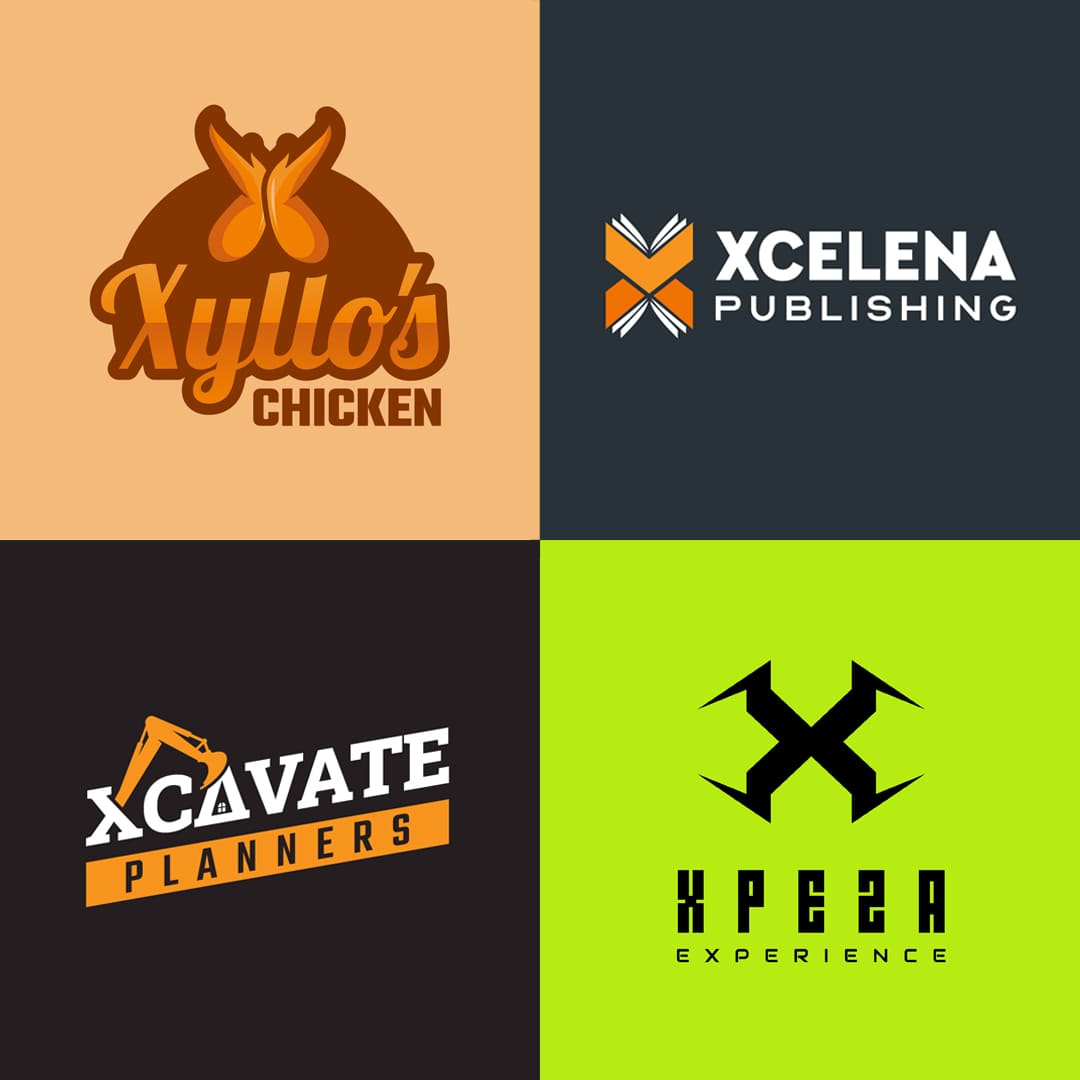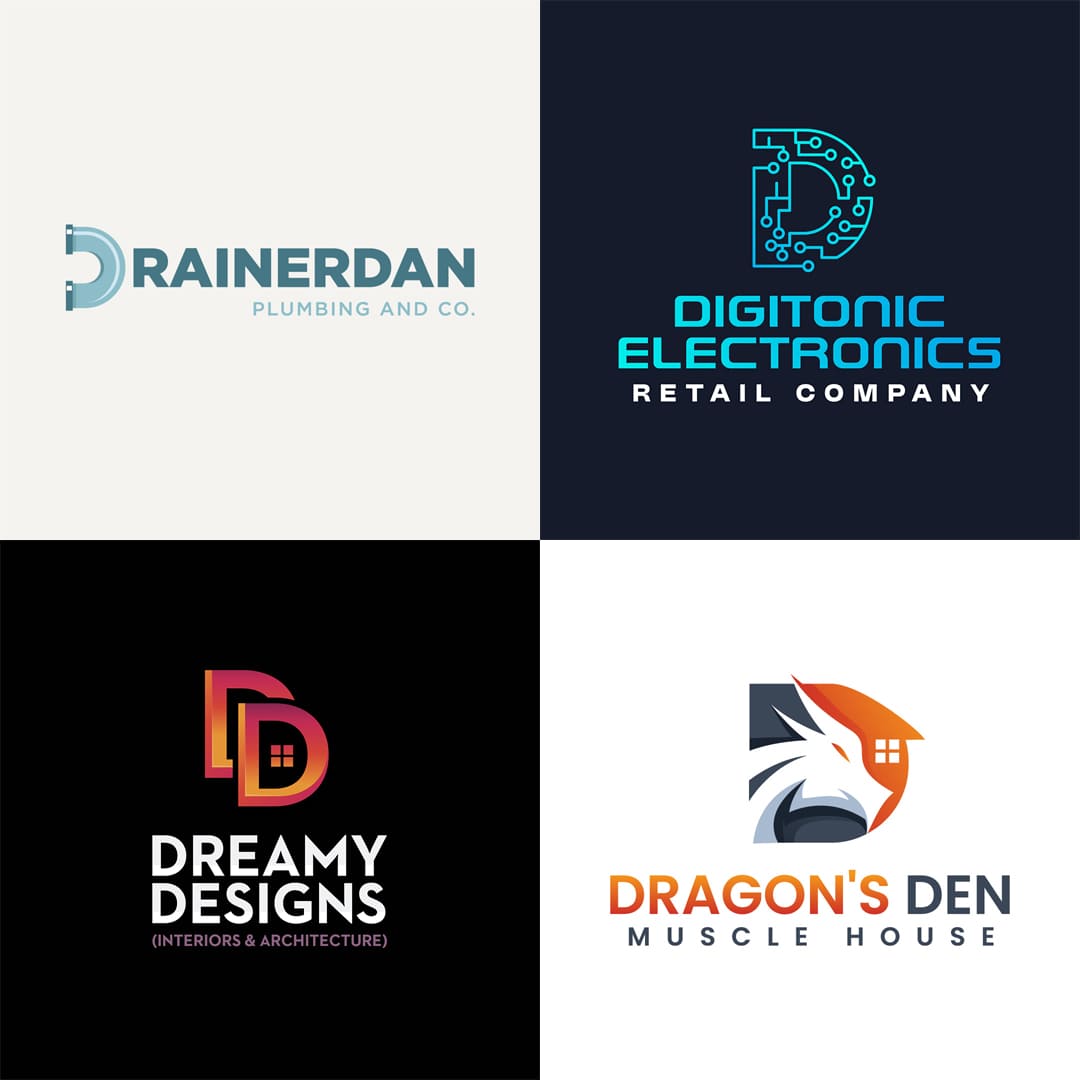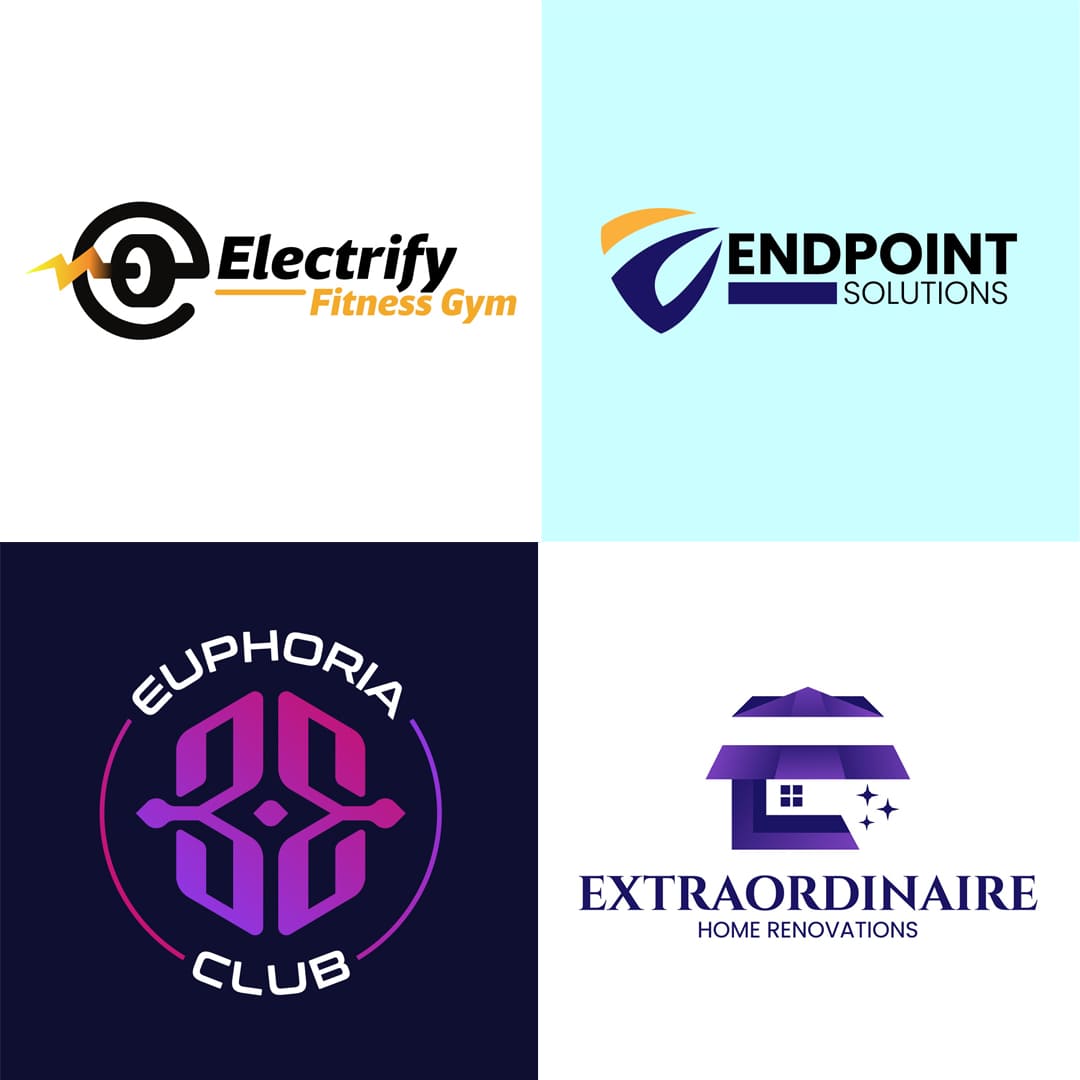Z Logo Design Inspirations
These are the letter Z logos that will add zest to your brand.

Penji License
100% FREE for personal and commercial purpose with attribution. More info
You might also want to see
View All











5 Elements of a Z Logo
The Z logo is one of the most recognizable symbols in the world of branding. It has been used by various companies, organizations, and even individuals to represent their brand identity. The Z logo is a simple yet powerful design that consists of five key elements. In this article, we will discuss these five elements and their significance in creating a memorable and effective Z logo design.
1. Shape
The first element of a Z logo is its shape. The shape of the Z logo is a key factor in its recognition and recall. It is a simple and unique design that is easily recognizable. The shape of the Z logo is often used to represent a sense of movement, energy, and action. This is particularly important for brands that want to convey a sense of dynamism, such as sports brands or technology companies.
2. Color
The second element of a Z logo is its color. Color plays a crucial role in creating a strong brand identity. The color of the Z logo is often used to evoke emotions and convey a particular message. For example, red is often associated with passion and energy, while blue is associated with trust and professionalism. The color of the Z logo should be carefully chosen to reflect the brand’s values and personality.
3. Typography
The third element of a Z logo is its typography. The typography of the Z logo is important because it can convey a sense of style and professionalism. The typography of the Z logo should be legible and easy to read. The font used for the Z logo should also be consistent with the brand’s overall design and messaging.
4. Negative Space
The fourth element of a Z logo is its negative space. Negative space is the space around and between the letters of the Z logo. It is often used to create a sense of balance and harmony in the design. The negative space of the Z logo can also be used to create a hidden message or symbol. For example, the FedEx logo uses negative space to create an arrow between the letters E and X, which represents the company’s forward-thinking approach to logistics.
5. Consistency
The fifth and final element of a Z logo is consistency. Consistency is important because it helps to build a strong brand identity over time. The Z logo should be used consistently across all brand touchpoints, including websites, social media, advertising, and packaging. Consistency in the use of the Z logo helps to build brand recognition and recall, making it easier for customers to identify and connect with the brand.
In conclusion, the five elements of a Z logo are shape, color, typography, negative space, and consistency. These elements work together to create a powerful and memorable design that represents a brand’s identity and values. When designing a Z logo, it is important to consider these elements carefully and ensure that they are consistent with the brand’s overall design and messaging. With a well-designed Z logo, a brand can create a lasting impression on its customers and stand out in a crowded marketplace.
More helpful logo design articles:
Browse more design articlesWatch our demo
Discover & learn how easy it is to use our
platform in less than 7 minutes.

Schedule a demo
Schedule a demo today to see how you can get creatives done
faster, never miss a deadline, AND save 70% on costs.

Let’s talk







Curious how Penji works?
See how you can get creatives done faster, never miss a deadline, AND save 70% on costs.
Schedule a demo Schedule a demo